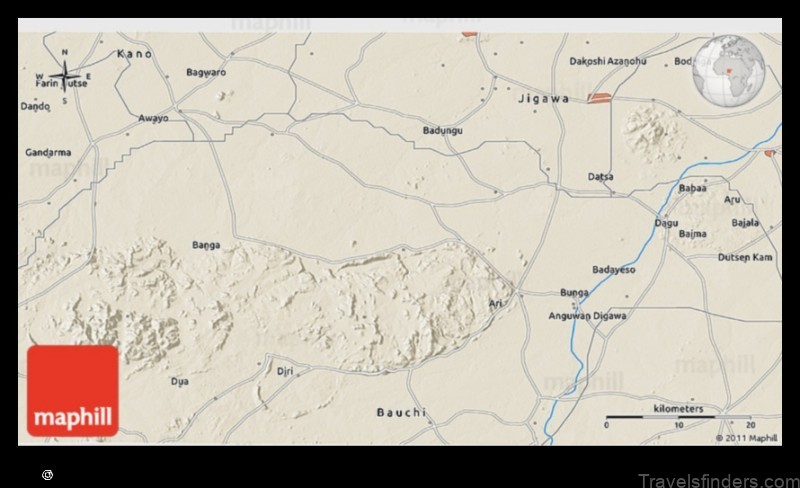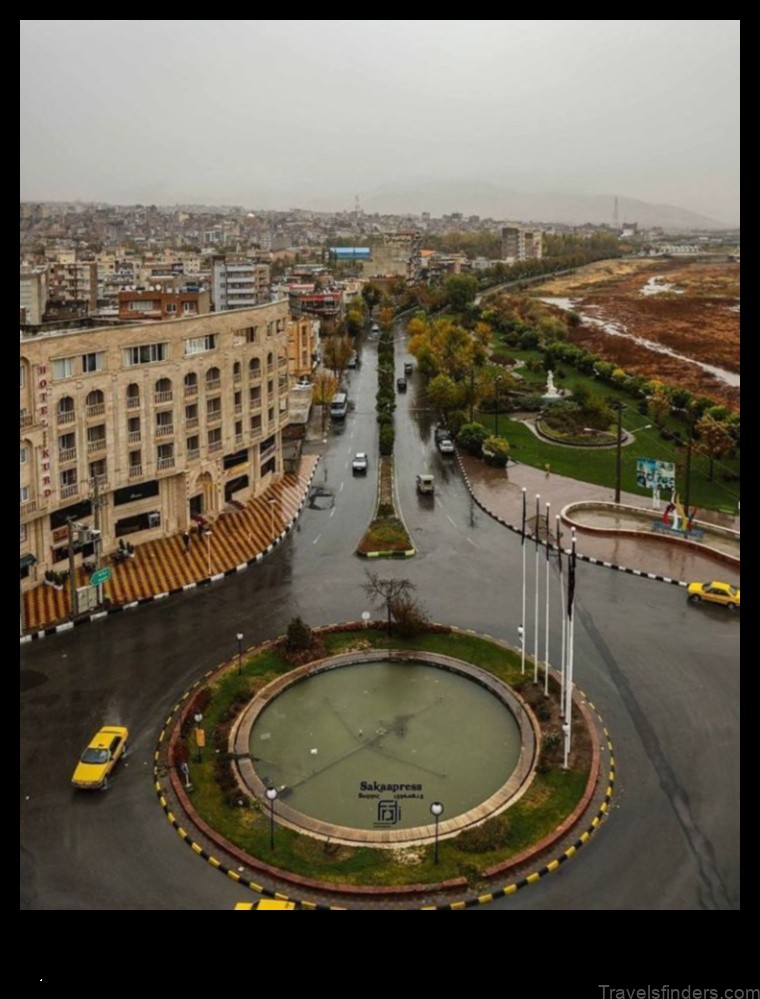This church is often regarded as one of Charles Freeman’s most significant designs. He is the architect who played a key role in transforming the physical face of Cape Town at the time. can this be one of the finest churches in Cape Town? Situated on the corner of Burg Street and Greenmarket Square, the former Metropolitan Methodist Church – now the Central Methodist Mission – was once considered the finest house of worship in the whole colony. Even today, its Gothic Revival interior is much admired.
Before 1876, when the foundation stone was laid, meetings and services were held in a hayloft above a stable in Plein Street and, later, in a disused wine store in Barrack Street. In 1829, a more permanent site was found and the Wesleyan Methodist Church was opened on the corner of Burg and Church streets. Later, inevitably, a larger building was needed and the congregation moved to a new building on the present site.
This Gothic Revival church was designed by Charles Freeman, a versatile architect whose other major adornment of the city was the neo-Classical Standard Bank building on the corner of Darling and Adderley streets – one of his best buildings in fact. His, too, were the original designs for the Houses of Parliament, and he designed that enormous Dutch Reformed Church in the middle of Graaff-Reinet.
During the second part of the 19th century, so pervasive was the idea that Gothic was the only proper style for churches, that many denominations which might normally have favoured a more austere setting eventually capitulated to it. The Methodist church on Greenmarket Square is one of these. Even so, its elaborate finishes and fittings, including an organ, choir, pulpit and communion table grouped together at the chancel end, restate the essentials of the preaching church, distinguishing it from Anglican or Roman Catholic churches of the same style.
Hans Fransen, in his book A Guide to the Old Buildings of the Cape, is very enthusiastic about the church. ‘It is a basilica type of church, has a short chancel, with the lean-to roof of the aisles broken by a series of gabled transverse roofs. A prominent tower with a tall spire stands on the corner, beside the nave at the head of the aisle. The building has fine dressed-shale walls, its plinth in granite, and an interior of great beauty with its high timbered roof and a gallery supported by cast-iron columns. Its Gothic Revival sculptured stonework is equalled only by that of the Oudtshoorn DRC Church.’
Many prominent Capetonians have been members of the congregation, and the church was famous for the standard of its preaching and for its outstanding choirs. The first radio broadcast of a church service in South Africa was beamed from the Metropolitan Church in 1928 and large crowds gathered outside to hear it. During the 1960s, the church continued to attract large congregations until urban expansion and other factors began to take their toll and the congregation declined. Today, the Central Methodist Mission includes the congregation of the former Buitenkant Street Methodist Church, renowned as a place of sanctuary in the 1980s for detainees and victims of police brutality.
The church’s high Victorian Gothic Revival interior is completely intact, and unique in Cape Town. On the wall of the right aisle, above the pews, is a memorial to the Revd. Barnabas Shaw, regarded as the founder of South African Methodism.
A paean to the memory of the Irwin family, this stained-glass window in the right aisle is one of a handful to have survived.
Cast-iron columns support the Gothic arches of the nave. Freeman was renowned for having taken advantage of new prefabricated techniques and became the local agent for Walter MacFarlane & Co. ’s decorative cast iron, which embellishes many Cape Town buildings of the period.






